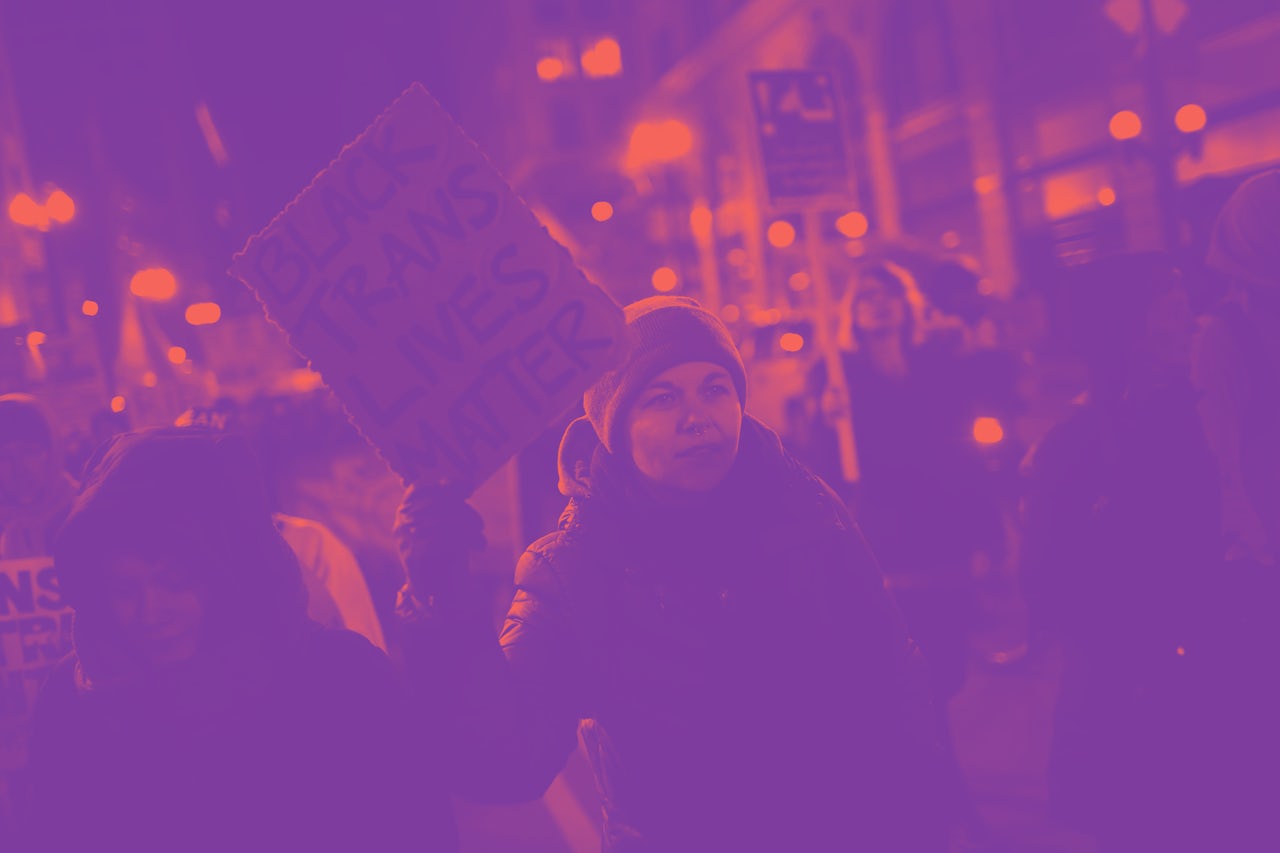Seven transgender women, all people of color, have been reported murdered already this year. As The Daily Beast put it in a recent report, 2017 is on track to be the most violent year on record for transgender people in the U.S.
There’s a problem with that prediction, though, and one that shows that this crisis may run even deeper than statistics indicate: Numbers for murders of trans Americans have never been officially tracked. That makes it impossible to truly compare 2017 to other years, or even understand the scope of how many murders of transgender people there have been in history.
The New York Anti-Violence Project, which in its annual reports produces numbers on anti-LGBTQ violence, took The Outline inside its process. While there is a legitimate sense of crisis in the trans community, any attempts to quantify it fall way short, as the AVP acknowledges. This itself presents a problem in trying to raise awareness in the general public and push for helpful policy.
“We know that our numbers are most likely incomplete, because not every homicide is going to get reported in the media in a way that will rise to even local attention,” Beverly Tillery, executive director of the NYCAVP, told The Outline. “Secondly, some people I’m sure start out as misgendered in the media, and that never gets fixed. So we are not able to track those.”
Because the U.S. government does not compile any statistics for murders of trans people, as it does for other groups like women and African-Americans, the AVP is left to do this work on its own. Tillery’s organization in New York coordinates a national coalition of 54 programs that do similar work around anti-LGBTQ violence. Its data is a combination of information gathered through those partner organizations, media reports, social media, and direct communication with friends and family of victims.
Each of those methods presents challenges to producing comprehensive numbers.
“In many cases, the media is getting its information from police, and the combination of those two sources often results in misgendering people,” Tillery said. “People reach out to us. Maybe we see something on a partner organization’s blog. Someone might reach out to a staff member on Facebook, say a person is missing, and then maybe they’ll confirm through media reports.”
There are no reliable statistics on trans murders before this decade. As one official from the organization explained, its annual reports began tracking trans murders as a separate category from general LGBTQ murders in 2010, and in the first few years presented them only as a percentage of overall LGBTQ murders, not as a hard number. In other words, it is impossible to say how many trans people were killed in 2008, 2009, 2010, and so on, let alone in 1990 or 1970. The numbers simply don’t exist, meaning that a phrase like ���deadliest year on record” fails to account for how limited the record actually is.
A phrase like “deadliest year on record” fails to account for how limited the record actually is.
Because all seven of this year’s reported victims are people of color, the AVP recently gathered statistics for murders of trans people of color stretching back to 2014, and shared its latest with The Outline: There were 10 in 2014, 13 in 2015, 18 in 2016. “We know these numbers are the tip of the iceberg,” one AVP official said. Those numbers are only the ones that the AVP has classified as anti-LGBTQ hate crimes, a determination it makes after analyzing the specifics of every case. The seven this year, while suspected as hate crimes, occurred too recently to make a definitive determination, AVP officials said.
Added Tillery: “We’ve done our jobs to the extent that now when a homicide occurs involving a transgender individual, people are noticing, and there is this desire to count. And while that’s really important to bringing attention to what’s happening, and that’s really important to making sure people are aware, and understanding of the urgency of taking action, it is hard to make a direct comparison from year to year.
“I think the violence has been there. And so I’m reluctant to say ‘this uptick…’ What we can certainly say is that after a number of years seeing an increasing number of homicides, why haven’t we seen a decrease?”
Tillery is hesitant to speculate on the reasons for this trend. “This really is a serious problem that we have not figured out in our society how to address,” she said. “Underlying the violence that’s happening against trans and non-gender-conforming people are some serious intersections of homophobia and racism. This year, victims are all trans women of color.”
Advocates for the trans community are unified in noting that the new president is not helping. Last month, Trump reversed an Obama-era guidance saying that public schools should let students use the bathrooms that correspond to their gender identity. “They will have the blood of the children on their hands,” one activist told The Outline then.
One concrete result of that action was the Supreme Court declining to hear the case of Gavin Grimm, the transgender Virginia teenager who sued to use the boys’ bathroom at his high school. The court cited Trump’s guidance as a reason to kick the case back to the lower courts, denying the community a potential landmark moment.
“We are pushing people who are already marginalized further toward the margins at a time when we should be adding protections, looking at ways to make them safer,” Tillery said. “We are saying in a number of ways that we don’t think you have a right to be in public spaces. We’re not sure we even believe that you should exist, and we don’t feel like your issues need to be addressed by our whole society.”

